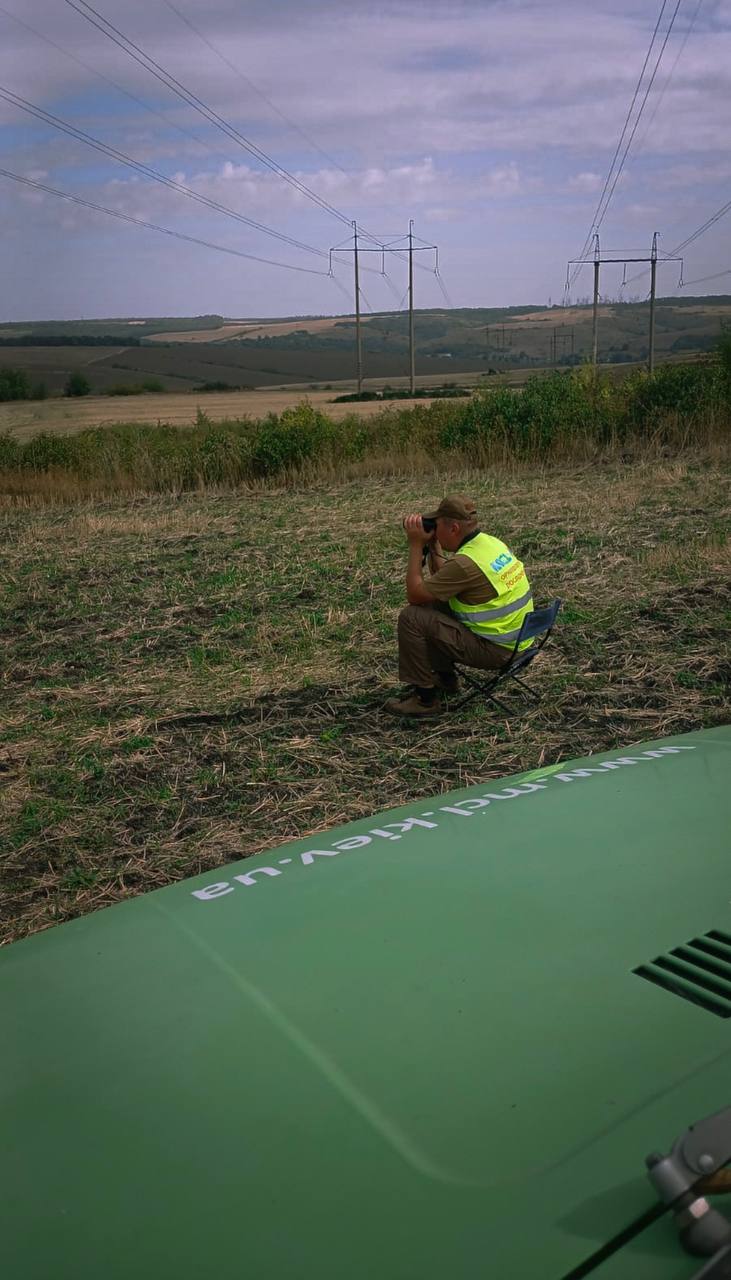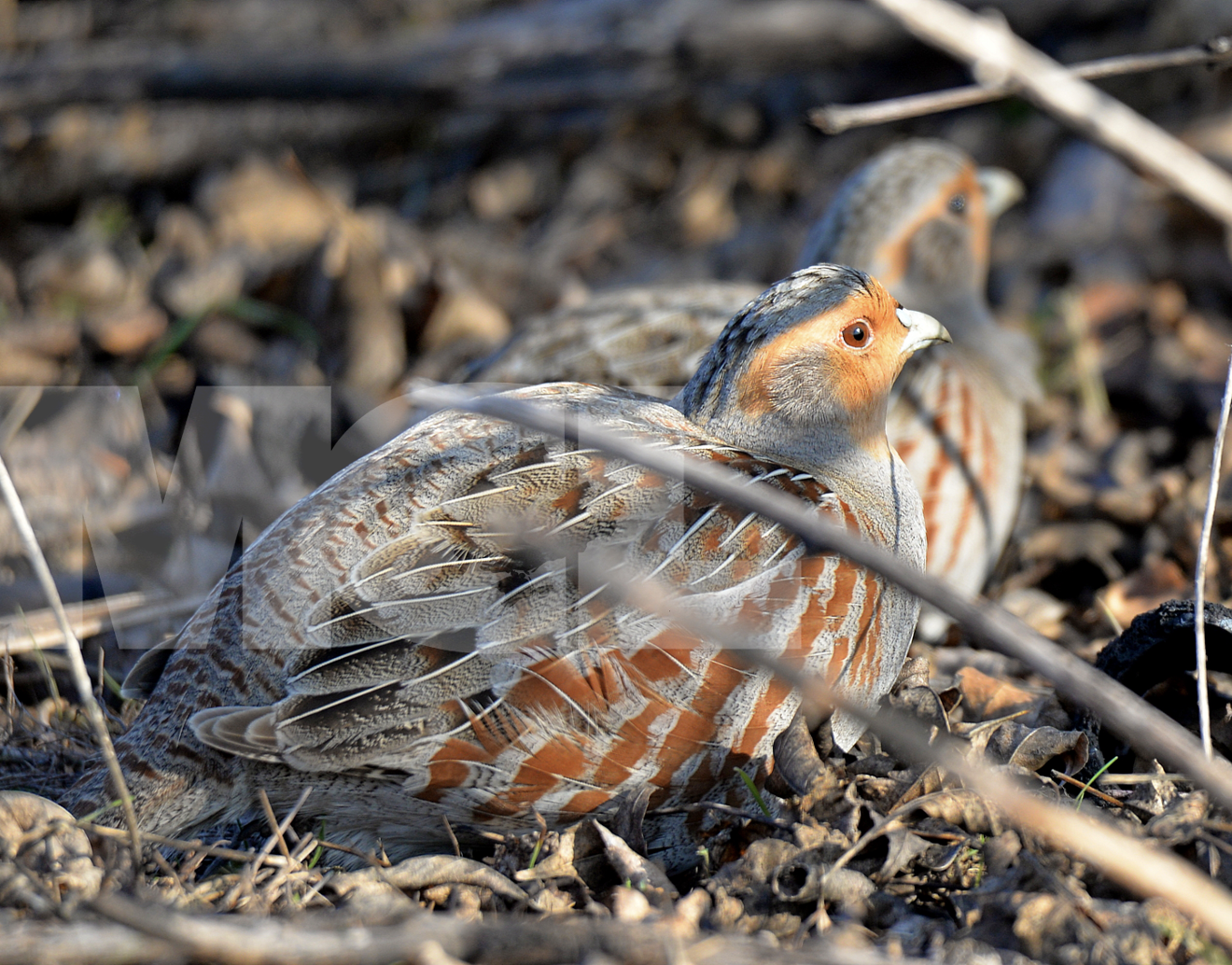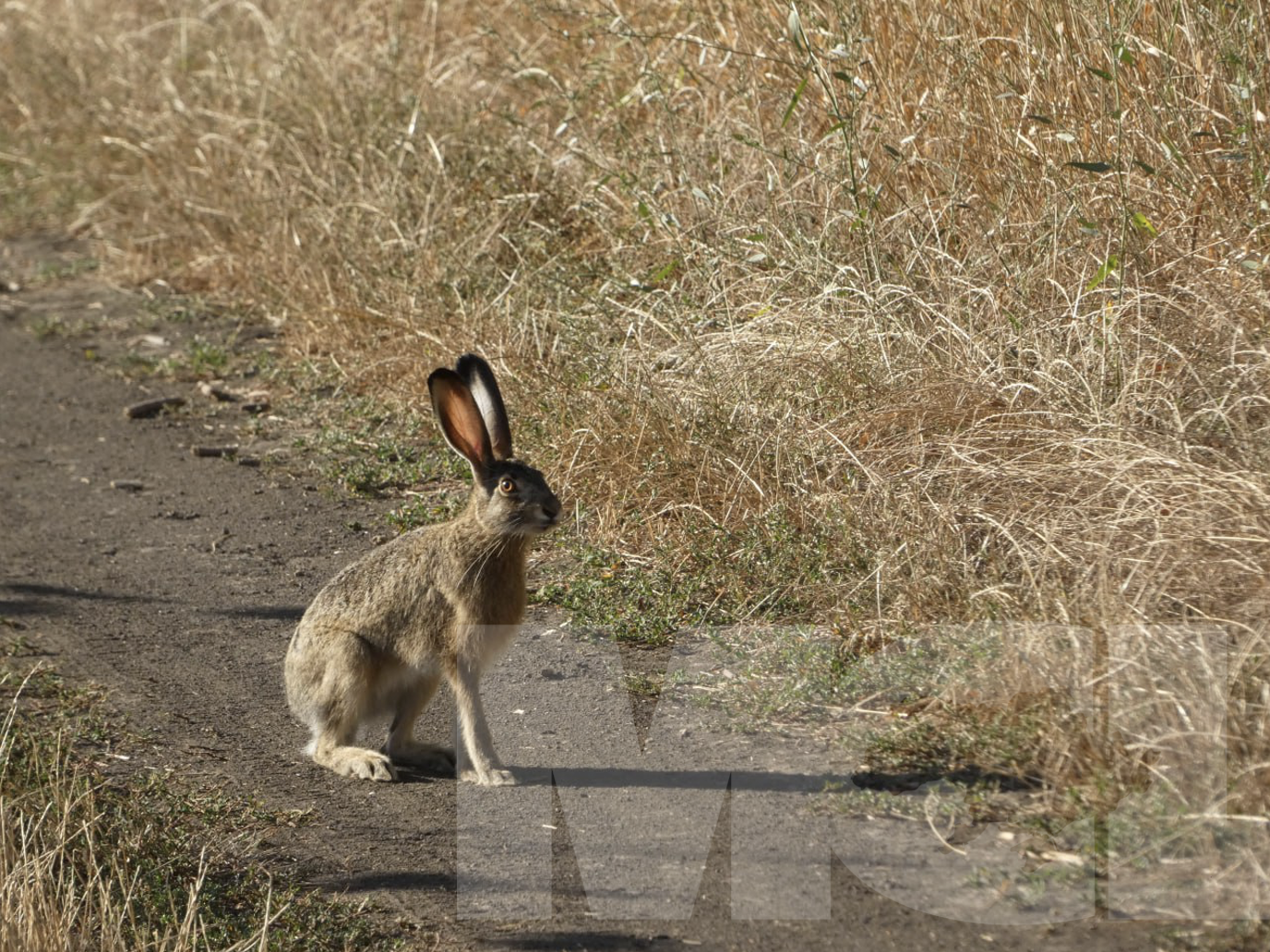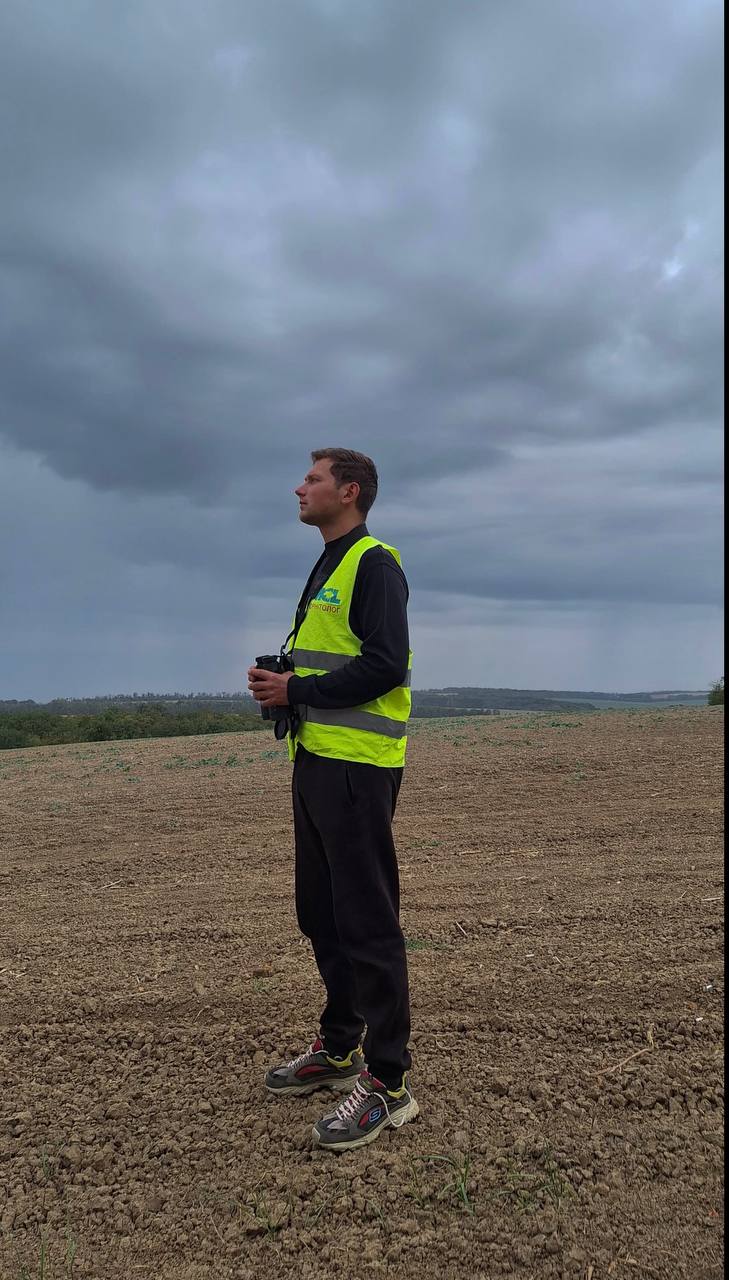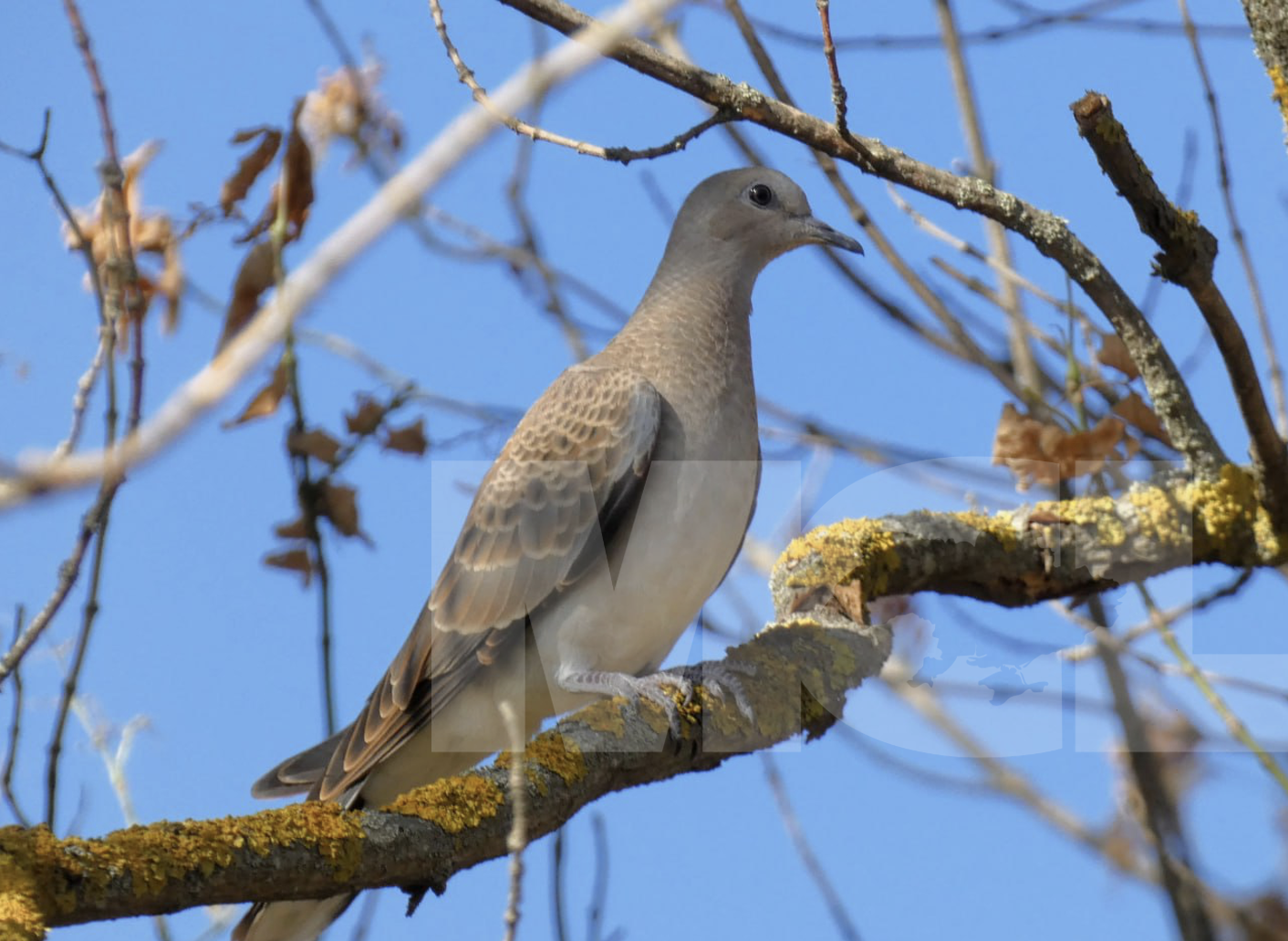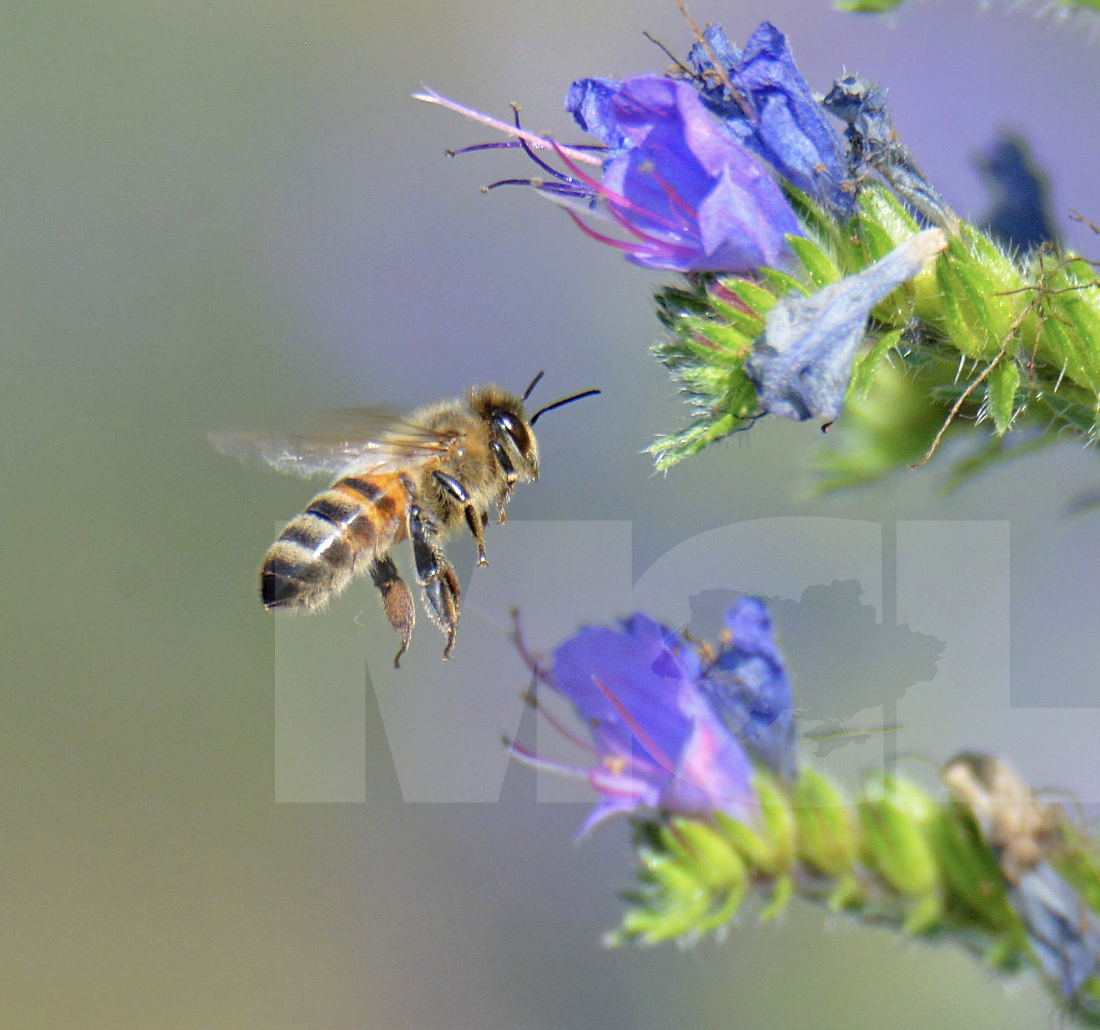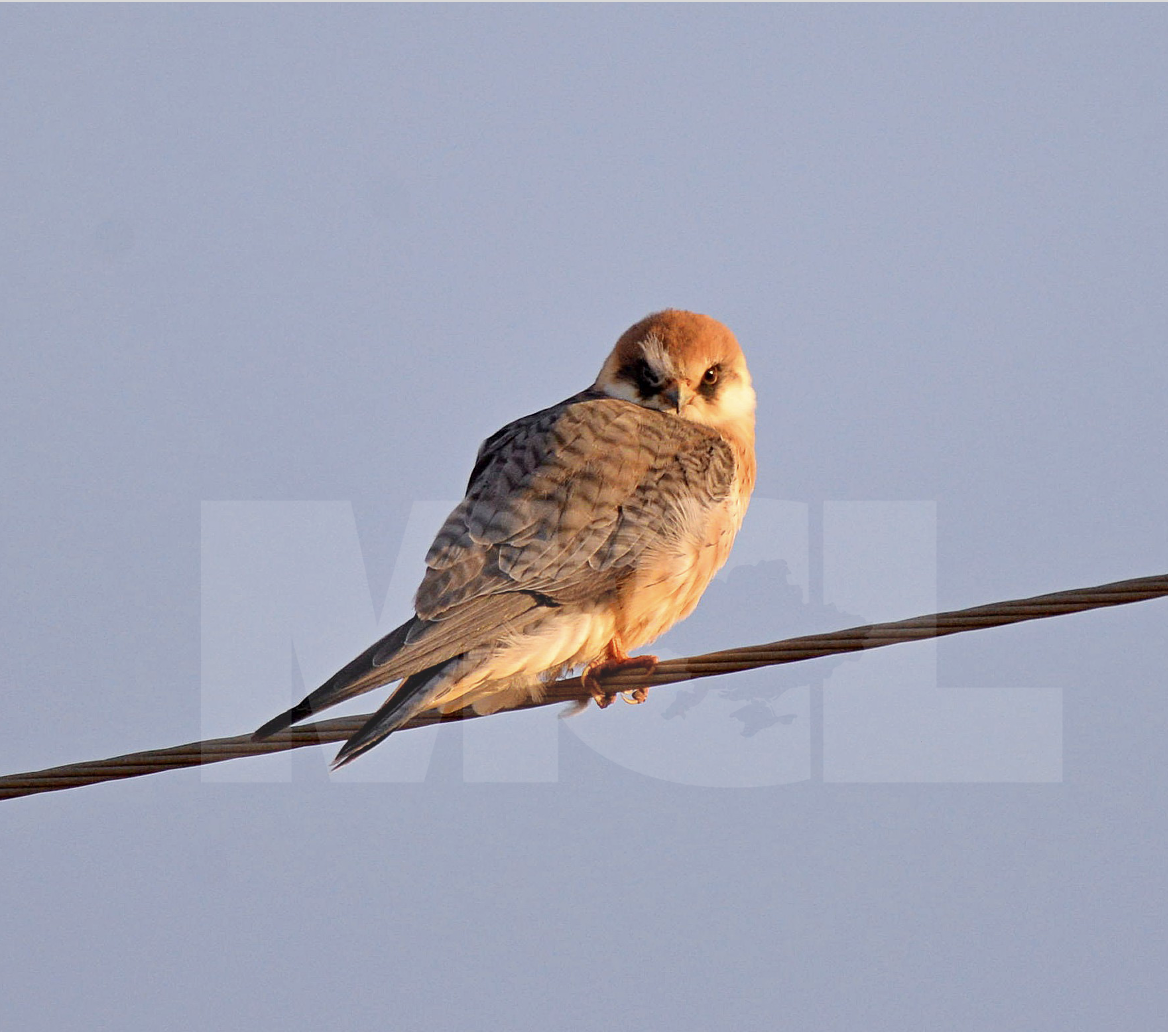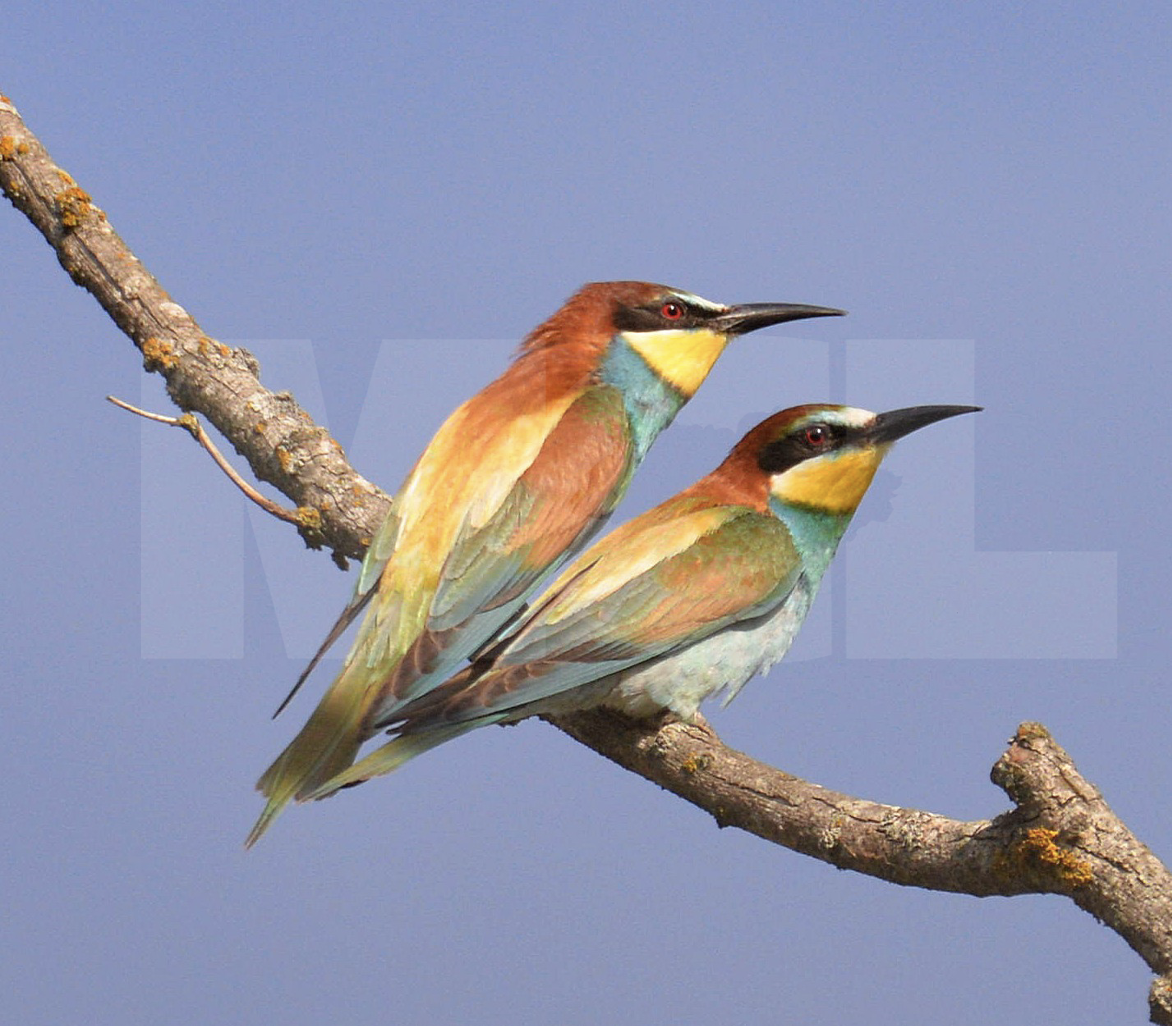AUTUMN BIRD MIGRATION: CHALLENGES AND THE IMPORTANCE OF ESIA

One of the key tools for protecting wildlife during the autumn migration period is the Environmental and Social Impact Assessment (ESIA)
This assessment helps determine how projects such as the construction of new transport routes, power plants, or industrial facilities may affect the environment, particularly the birds and other animals migrating through these areas.
Why is this important?
- Collisions with structures: During migration, birds often traverse areas where construction projects either exist or are planned. Without proper planning, there is a risk of collisions with tall buildings, power lines, and other infrastructure.
- Habitat alteration: The construction of new industrial or residential sites often changes landscapes that are crucial for migrating birds to rest and feed.
- Light and noise pollution: Many bird species navigate using stars or natural landscape features. Excessive artificial lighting or high noise levels can disrupt their migration routes, impacting their survival.
The Role of ESIA in Protecting Migrating Birds
Conducting an environmental impact assessment identifies potential threats to birds and helps develop strategies to mitigate them. These measures can include:
- Monitoring migration routes: Using modern technologies like satellite tracking and GPS trackers to study bird migration paths. This helps to understand which areas are critical for birds and need protection from construction or other activities.
- Mapping migration corridors: Creating detailed maps of migration paths and stopover zones (along wetlands, forests, and mountain passes) allows for infrastructure planning in areas with less risk to birds.
- Seasonal construction restrictions: Imposing bans on construction or other noisy activities during migration periods (spring and autumn) reduces the impact on birds, especially during their rest and feeding stops.
- Use of bird-friendly materials: In areas where bird migration occurs, buildings should use materials that prevent bird collisions, such as UV-coated or patterned glass that birds can see.
- Installing warning and protection systems on power lines: Power lines pose a significant threat to birds during flight. Installing visual markers or using wire insulation technologies can reduce this risk.
- Reducing light pollution: Birds can become disoriented by artificial light at night. Introducing regulations to lower light intensity or using special lamps that do not interfere with bird navigation reduces risks.
- Noise reduction: Constant noise from construction or industrial sites can disturb bird migration routes. Implementing noise limits in sensitive migration areas helps maintain a peaceful environment for resting birds.
- Habitat restoration: If infrastructure projects damage or destroy bird resting areas, efforts can be made to restore natural habitats or create artificial oases to help birds rest and feed during migration.
- Ensuring safe flight corridors: When planning infrastructure like wind farms or bridges, it is essential to design safe flight zones for birds to avoid collisions with these structures.
- Awareness programs: Run educational campaigns among local communities and construction companies to raise awareness about the importance of bird conservation during migration. This can include training on responsible construction and planning practices.
- Early migration warning: Creating an early warning system to notify construction companies and local authorities about approaching migration waves allows for timely responses and the implementation of temporary restrictions.
- Regular monitoring and audits: After projects begin, it is important to conduct regular monitoring of bird populations to assess the impact of construction activities on their survival and adjust protection measures if new threats are identified.
Effective planning and implementation of these measures are essential to preserving biodiversity and ensuring the safety of migrating species. Autumn bird migration is a vital natural phenomenon that requires our attention. Tools like ESIA help balance infrastructure development with nature conservation, ensuring minimal impact on bird migration routes and populations.
MCL Group conducts comprehensive zoological and botanical surveys, monitoring, and post-project monitoring of flora and fauna within planned activities, using various methods to study animal behavior as part of the Environmental and Social Impact Assessment.
